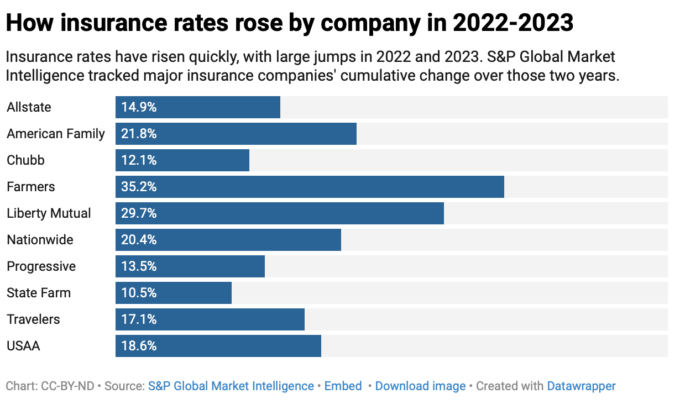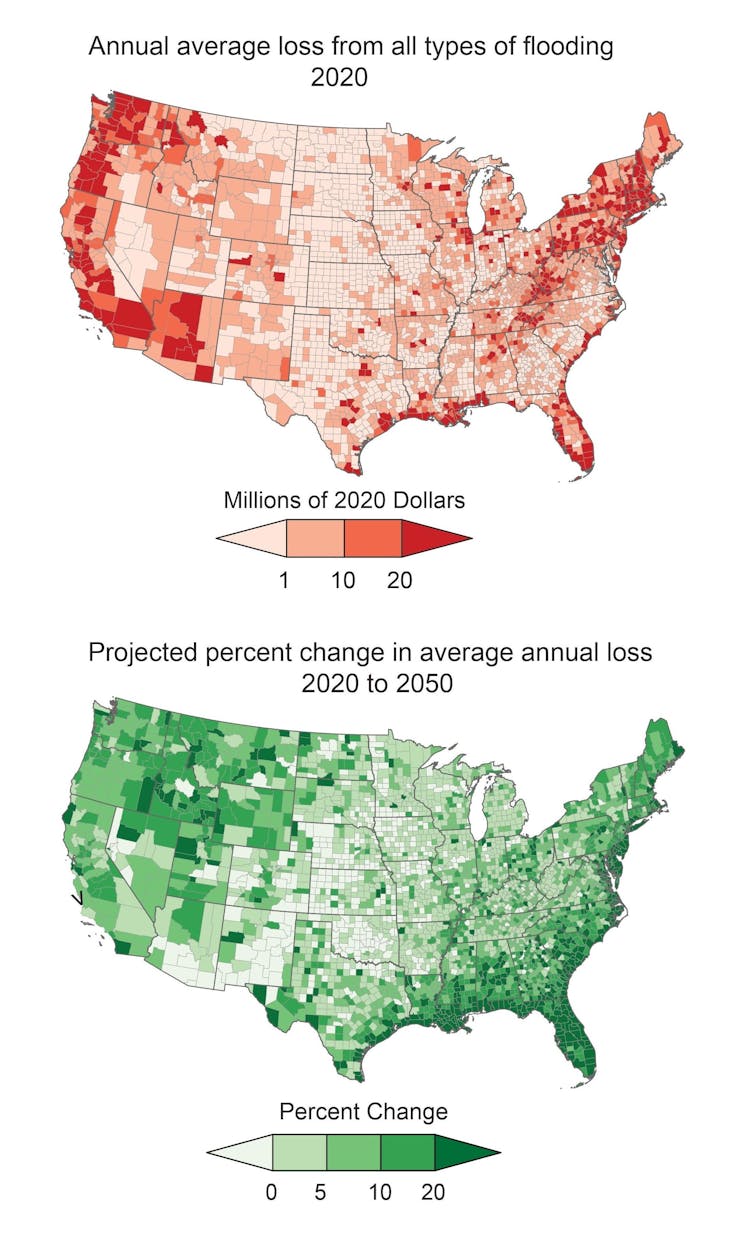The EU’s Dual Approach: Green Subsidies and Tarriffs on Chinese EVs
On October 29, 2024, the European Commission unveiled new countervailing duties on Chinese electric vehicle (EV) imports, effective the following day. This move is framed as part of a broader aggressive strategy to safeguard European industries, but it overlooks a significant reality. The EU itself has long been an active player in subsidizing its own green transition, including the EV sector.
Recent EU statistics reveal that Brussels and its member states have poured substantial financial support into the “new trio” industries—lithium batteries, photovoltaic products, and electric vehicles—through a mix of grants, tax breaks, low-interest loans, loan guarantees, and price subsidies. These subsidies, which are often justified by the need to boost competitiveness and drive regional development, have granted the EU a commanding role in emerging industries.
Although the EU has rules to limit state funding, it has allowed member states to provide targeted financial support. On top of this, the EU itself has established dedicated funds for direct grants. In 2022 alone, the EU allocated a staggering 25 billion euros to solar power through its various financial mechanisms. This extensive dual-channel support, blending EU funds with member-state aid, has given European green industries a major competitive edge, which stands in sharp contrast to the tariffs now imposed on China’s own green transition.
The European Union, under the pretext of advancing the green transition and aiding underdeveloped regions, has created an extensive network of at least 11 subsidy funds targeting emerging industries like lithium batteries, photovoltaics, and electric vehicles. These funds, including the Recovery and Resilience Facility (RRF), Horizon Europe, and the Just Transition Fund, among others, form a robust financial infrastructure designed to fuel the EU’s competitive edge. With the EU’s strategic investment in these sectors, the bloc aims to dominate critical green technologies even as China’s similar efforts are increasingly met with tariffs and restrictions.
As of April 2024, the RRF has allocated 87.9 billion euros to sustainable transportation projects, particularly in zero- and low-emission vehicles, reinforcing the EU’s green agenda. Horizon Europe, with a total budget of 93.5 billion euros for the 2021-2027 period, has already dispersed 22.7 million euros to bolster research and innovation. Meanwhile, the Innovation Fund, fueled by EU carbon emissions trading revenue, is expected to grant at least 40 billion euros by 2030 to advance low-carbon technologies. The European Regional Development Fund (ERDF), with a defined objective of narrowing the development gap between regions, has allocated 104.3 billion euros from 2021 to 2027. This sum will support green initiatives like energy transitions and sustainable urban mobility, furthering the EU’s low-emission agenda. The Connecting Europe Facility (CEF) also plays a crucial role, investing in interconnected, high-performance trans-European networks. From 2021 to 2022 alone, the CEF awarded 1.66 billion euros to 18 energy projects, spanning electricity, carbon dioxide, and renewable energy.
The European Union’s focus on electric vehicles has elevated the battery industry as a key player, with EU funds pouring substantial support into this sector. Among the “new trio” industries, battery projects have garnered the largest subsidies, often covering over half of their total costs. Horizon Europe, for instance, allocated 873 million euros to 307 battery R&D initiatives between 2014 and 2020. The Innovation Fund provided 161 million euros to eight battery projects from 2021 to 2022. Meanwhile, the European Regional Development Fund (ERDF) channeled 319 million euros into 459 battery-related initiatives across 14 member states.
By 2023, the European Union had also firmly committed to the electrification of its transport sector, with all 27 member states enacting at least one electric vehicle (EV) consumption subsidy policy. These efforts have largely been driven by tax incentives and direct grants, offering substantial financial support for EV adoption. Among the frontrunners, Germany stands out, having allocated a remarkable 10 billion euros in subsidies to foster electric vehicle adoption. It has also extended motor vehicle tax exemptions for electric vehicles multiple times since 2012, including a 10-year circulation tax exemption for EVs, which began in 2016. Also that year, Germany introduced the “Government Programme for Electric Mobility” by committing 1.2 billion euros for environmental bonuses for electric and plug-in hybrid cars, alongside 300 million euros to expand charging infrastructure.
France, meanwhile, offers a 50 percent reduction on registration fees and a full exemption on license plate registration for both fully electric and hybrid vehicles. Spain, in 2023, introduced a 15 percent personal income tax reduction for electric vehicle purchases and charging infrastructure, with deductions reaching up to 20,000 euros for EVs and 4,000 euros for chargers. Grants, too, play a crucial role in the push for EV consumption across the EU. France’s 8 billion euro “Automotive Industry Revitalization Plan,” launched in 2020, includes direct subsidies for the purchase of electric vehicles, alongside trade-in bonuses for consumers who replace older fossil-fuel cars with greener alternatives. Locally, 131 cities in the Paris metropolitan area have offered varying degrees of aid to EV buyers.
As the European Union escalates its efforts to counter Chinese electric vehicle (EV) imports with new tariffs, subsidies often account for over half of the budget for many green initiatives. These subsidy programs—aimed at bolstering its green industries—have already reshaped the market, giving European companies an undeniable edge. Rather than hastily imposing punitive tariffs on China, the EU should instead foster a global, cooperative effort to advance green technologies, ensuring a fair, competitive, and sustainable EV market for all.
This first appeared on FPIF.




